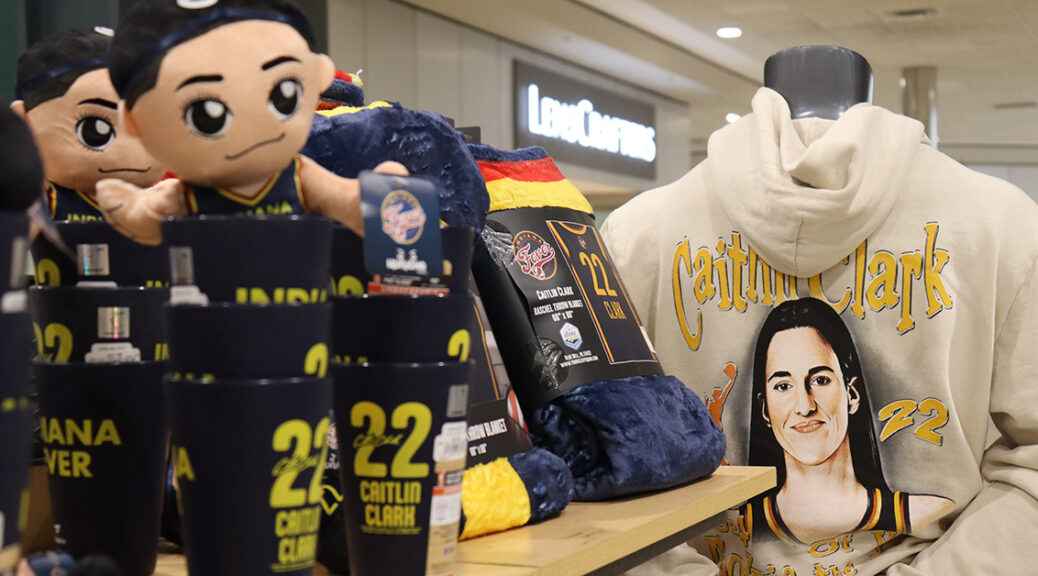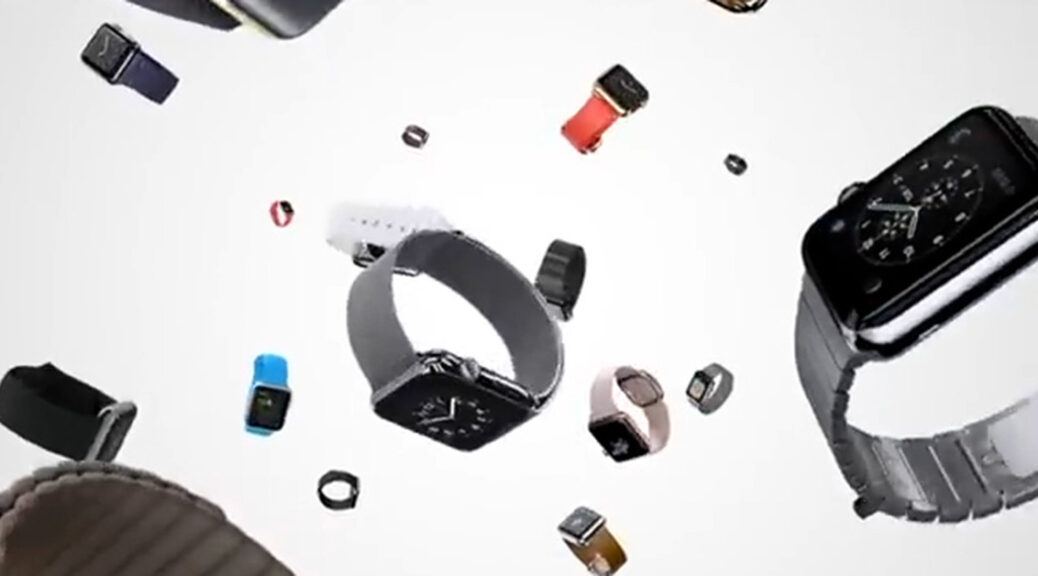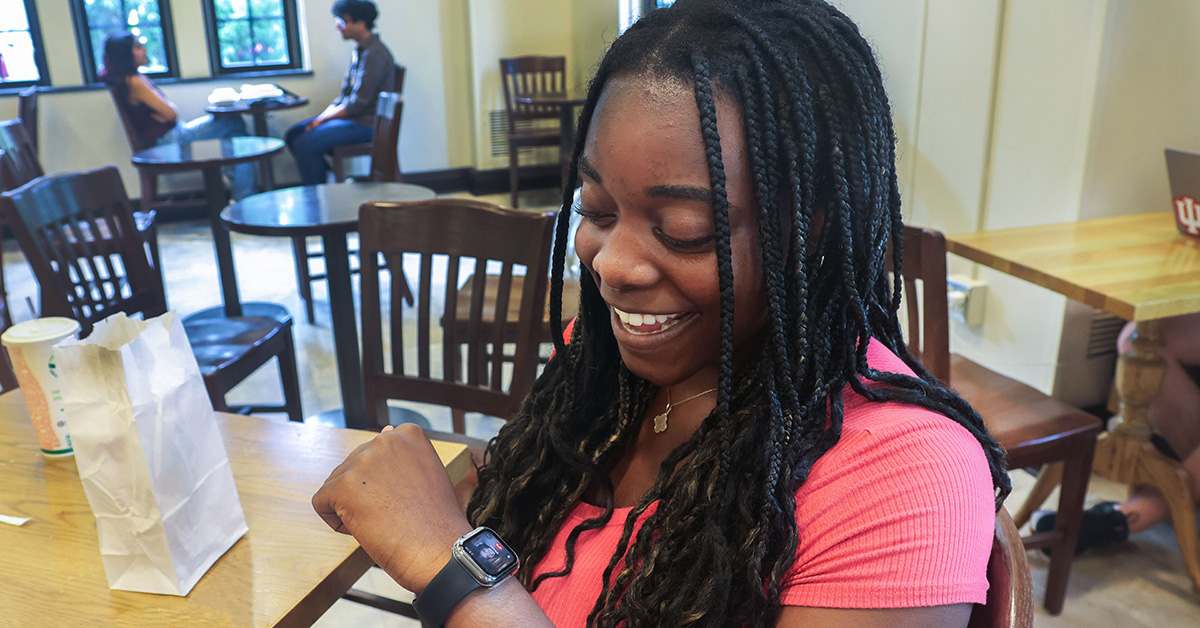Marketing and NIL: Who Gets the Brand Deals?
By Natalia Nelson, Kadence Brock and Sidda Benckart
BLOOMINGTON, Ind (Nov. 5, 2024)
An oar sliced into the dark, chilly water. The lazy sun had barely begun to peek over the Elizabeth River, glinting off the wake that streamed behind Alexis Durand’s boat.
While the boat and oars are paid for by Old Dominion University, Durand is not. Her racing suit, however, was free— given to her in exchange for an Instagram post. The deal wouldn’t have been possible without a landmark Supreme Court case decided three years ago.
The Supreme Court’s name, image, and likeness ruling has fundamentally changed the college athletics landscape. It permits college athletes to profit from their brand image and accept endorsements, which the NCAA previously disallowed. But does it benefit every athlete equally, or does the popularity of the sport determine who gets the brand deals?
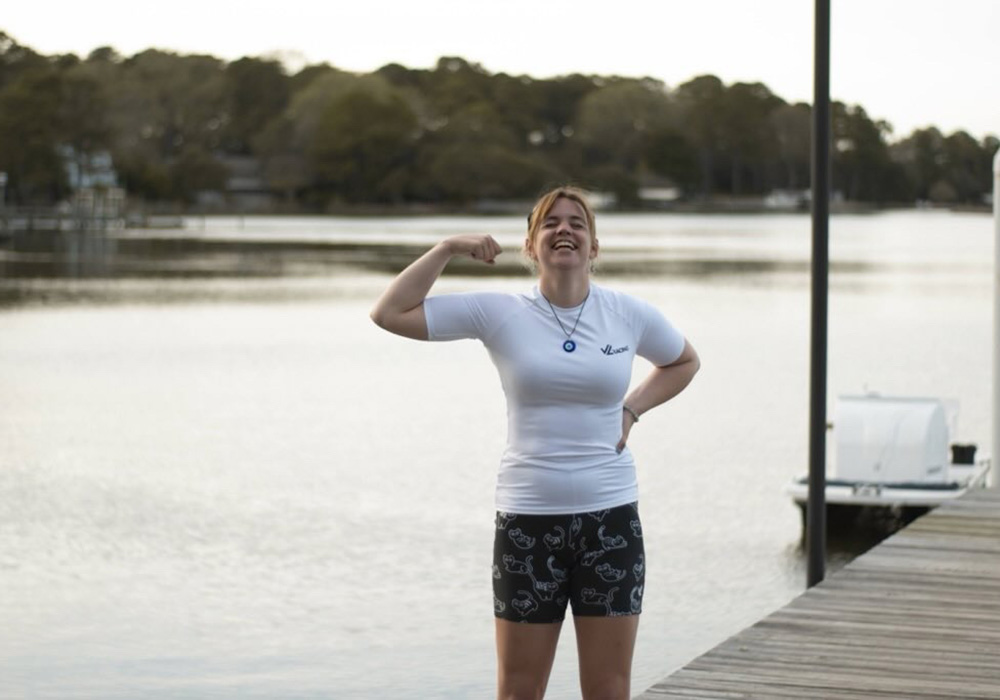
Galen Clavio, the Director of the National Sports Journalism Center at Indiana University, thought that the marketability of each athlete played a role.
“There’s the NIL that comes from just being a good athlete, and ultimately, the idea that you have an intrinsic market value at the college level as an athlete in whatever sport,” Clavio said. “And that value is not equal.”
He went on to add that a men’s golf team member would generally have significantly less market value than a comparable basketball or football player.
“Simply because of the sheer amount of money through television contracts, ticket sales, and other items that come through basketball and football that don’t come through golf,” Clavio said.
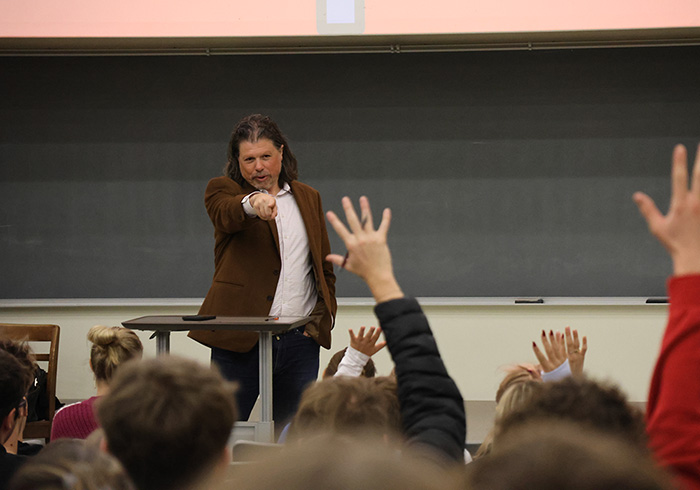
Ball State D1 golfer Landon “Happy” Gilmore agreed that sports with less media coverage may have to work harder to get deals. He was dubbed the nickname by his coach after winning the “Little People’s Golf Championship” at 6 years old. Despite being in a smaller (less popular) sport, he’s managed to grab several NIL deals for himself after a tweet about his commitment to Ball State went viral.
It was retweeted by Adam Sandler, the actor who played the titular role of Happy Gilmore in the 90’s golf comedy, and Gilmore gained national attention.
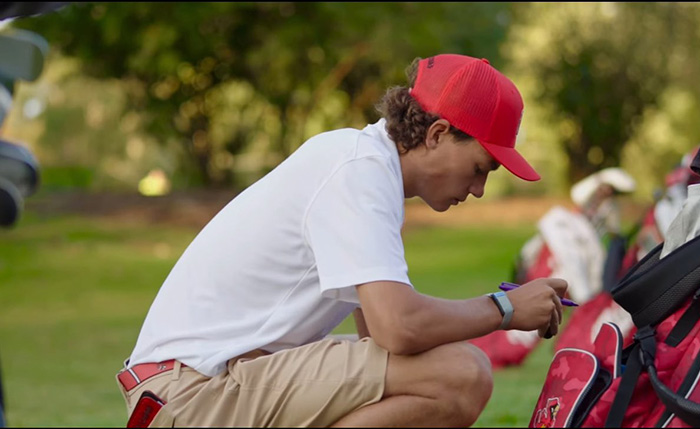
“NIL has benefitted me quite a bit,” Gilmore said. “Being able to get clothing and equipment took a load off my parents financially.”
He said golf at the collegiate level doesn’t come with the same type of viewership as football or basketball. According to Gilmore, lower viewership sports are at a disadvantage when it comes to NIL, but he said it ultimately came down to marketing.
“NIL is a person-to-person thing. It more or less depends on how popular you are,” Gilmore said.
Like Gilmore, D1 rower for Old Dominion University Alexis Durand thinks it’s still possible for athletes from smaller sports to get brand deals with extra effort.
“I feel like other sports that aren’t as broadcasted definitely have to work harder for deals and actually have to market themselves,” Durand said. “Whereas the sports that do get broadcasted don’t have to market themselves.”
Durand has an ambassadorship with a rowing apparel company called JL Racing. She said she applied online for the program last summer and was accepted because she posts consistently on social media. Her Instagram profile is followed by over 700 users.
Through the ambassadorship, Durand said she was able to receive free racing suits and discount codes if she posted pictures in the suits to her Instagram.
“I do know a few people who didn’t get into [the ambassador program] this year because they don’t post as much on their social media,” Durand said. “And you also obviously have to be an active rower or coach.”
She said that a few of the other girls on her team were able to get similar brand deals with smaller clothing companies if they had a social media presence.
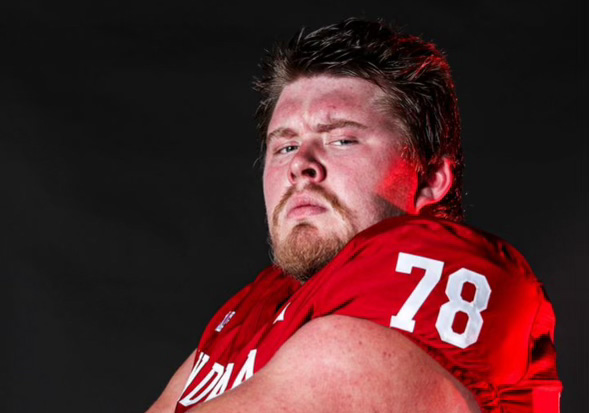
Her experience differs from that of Cooper Jones. He’s an offensive lineman for Indiana University football and doesn’t pay much attention to his social media or actively seek out NIL deals– but he’s still able to profit off of them.
“A lot of the guys on the team had an opportunity to take part in [the brand deal], and it was through Hoosiers for Good,” Jones said. “We just had to do a couple different social media posts, then once we filled those requirements, we got paid.”
He added that the IU football team also received a 3,000 dollar stipend at the end of each semester for staying academically eligible, a reward which didn’t exist before the NIL ruling. Durand, on the other hand, isn’t on scholarship for rowing.
“I think most important is just as long as the people that are getting paid are working really hard, then at least you know that they’re earning what they got,” Jones said.
It was the eve of Homecoming Weekend, and Indiana University’s campus was teeming with sports fans preparing to watch the big game. We asked a diverse group of strangers if they thought the Name, Image, and Likeness ruling benefited all sports equally.



